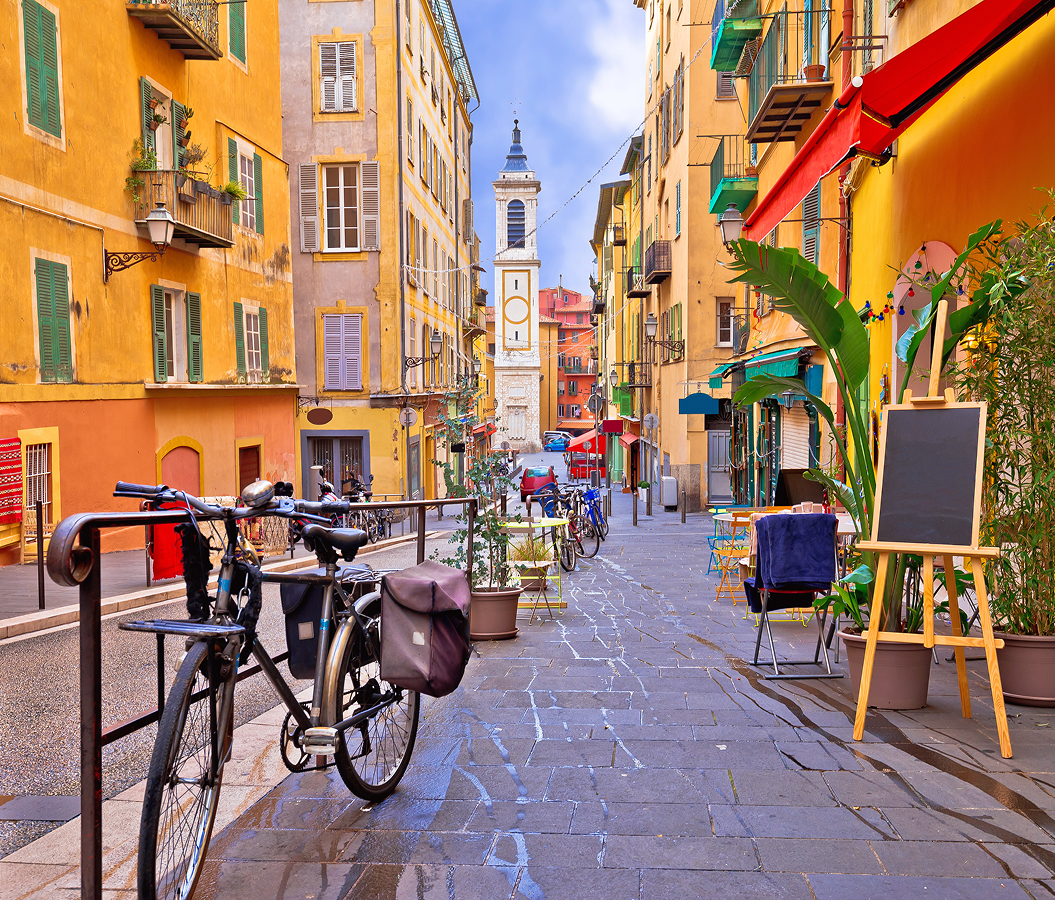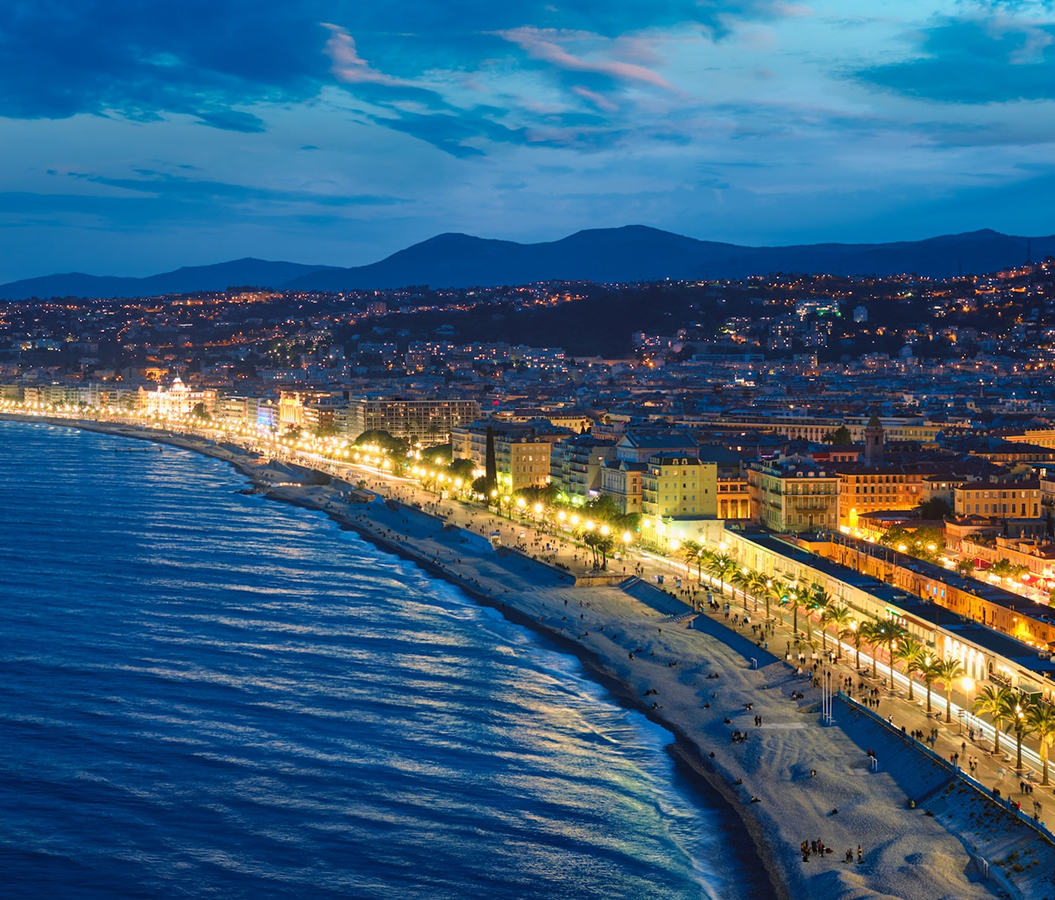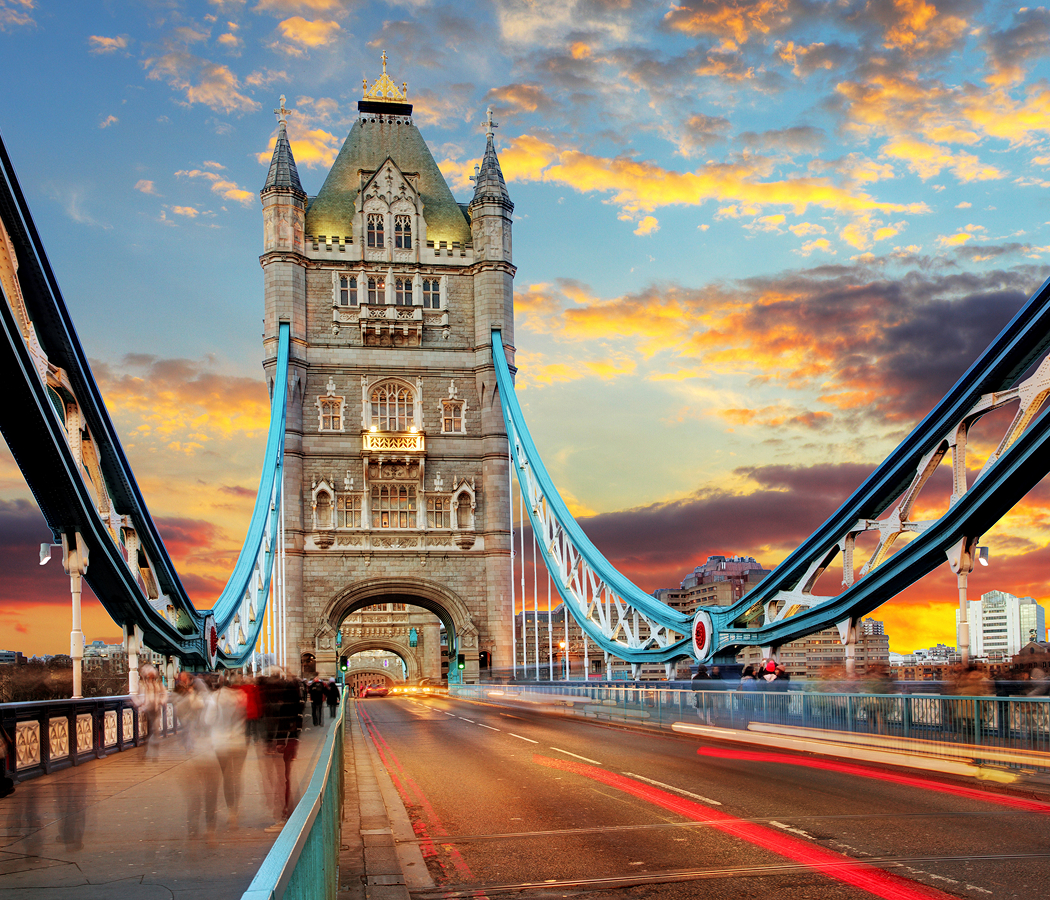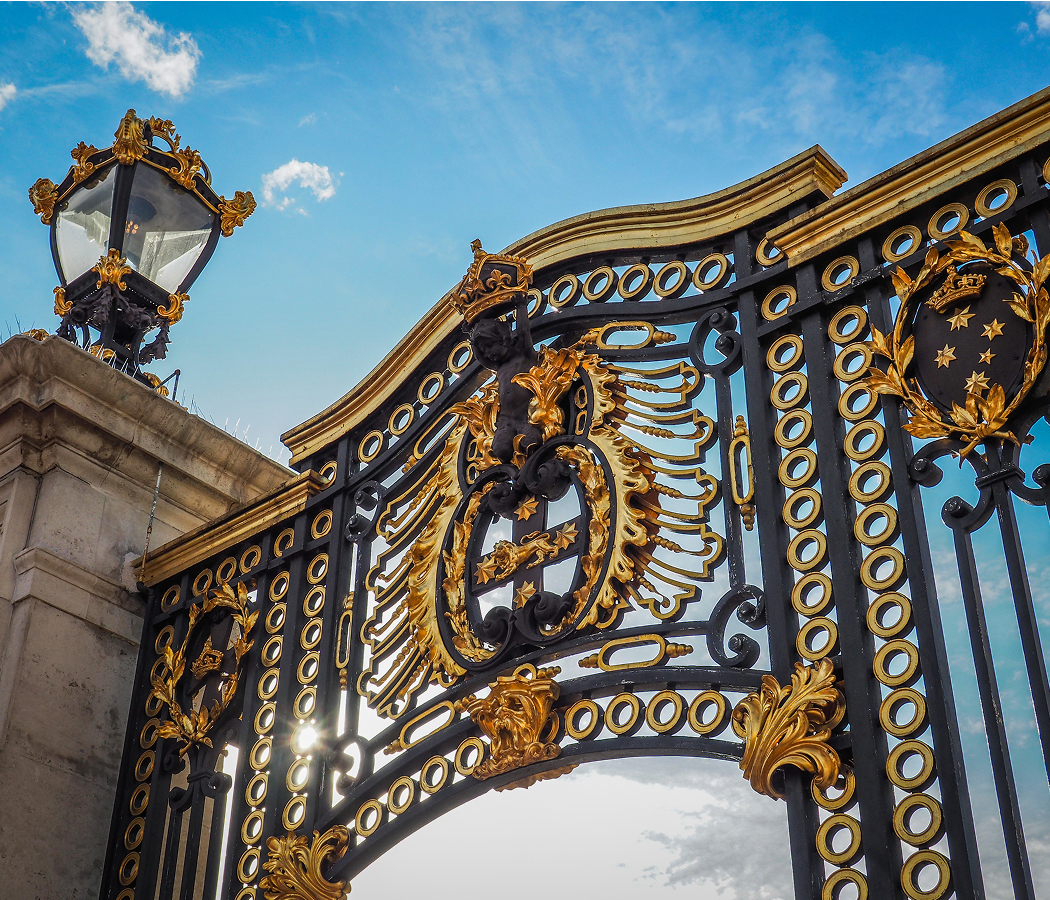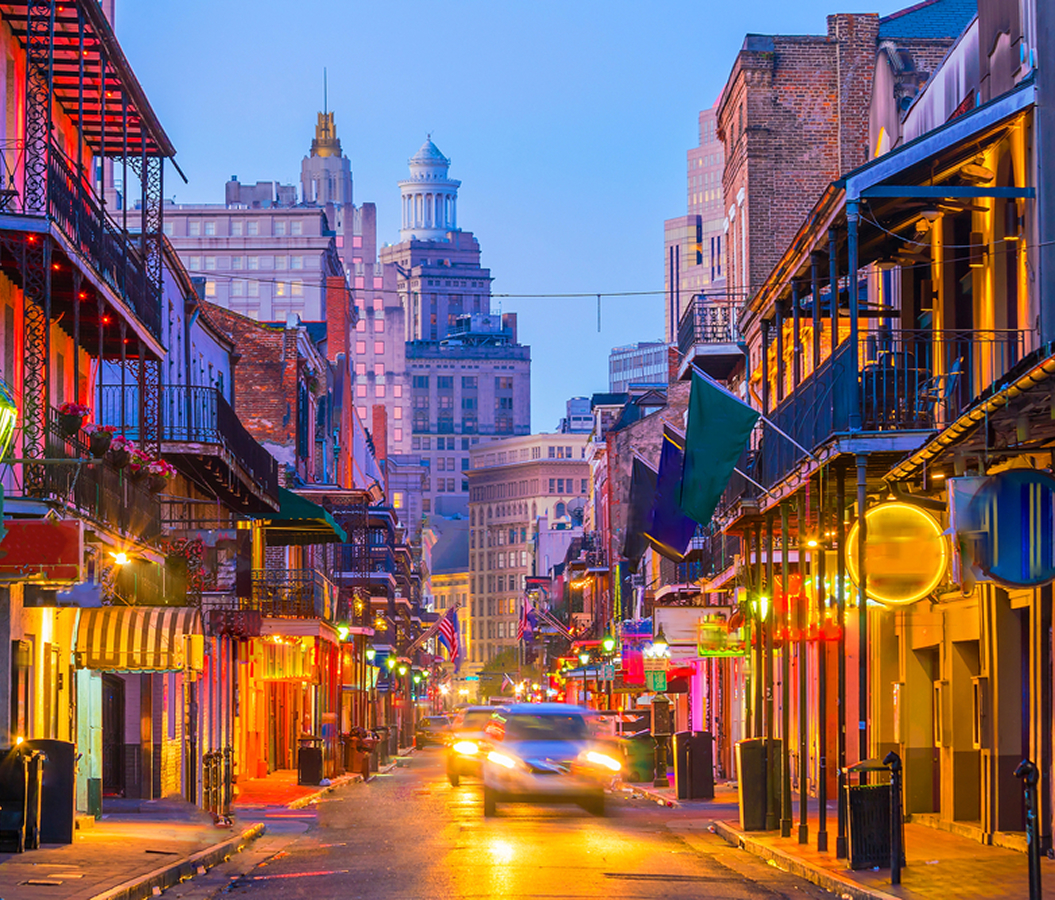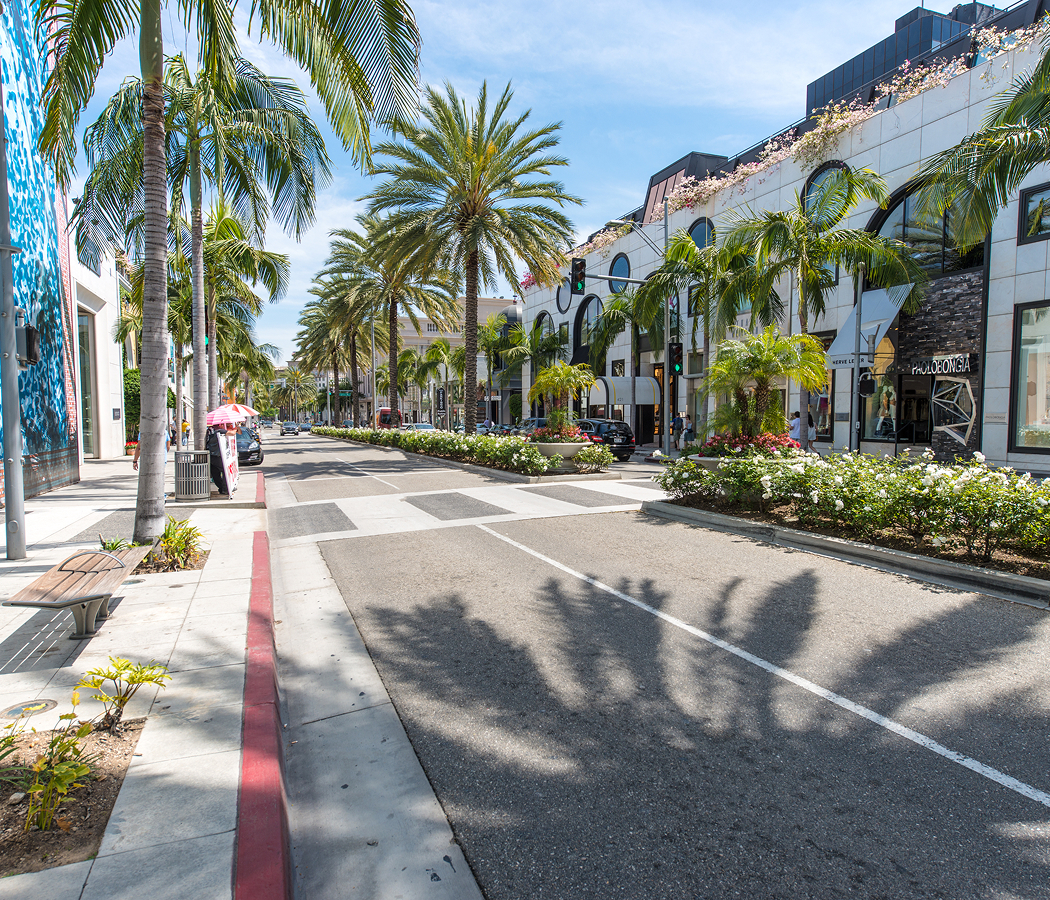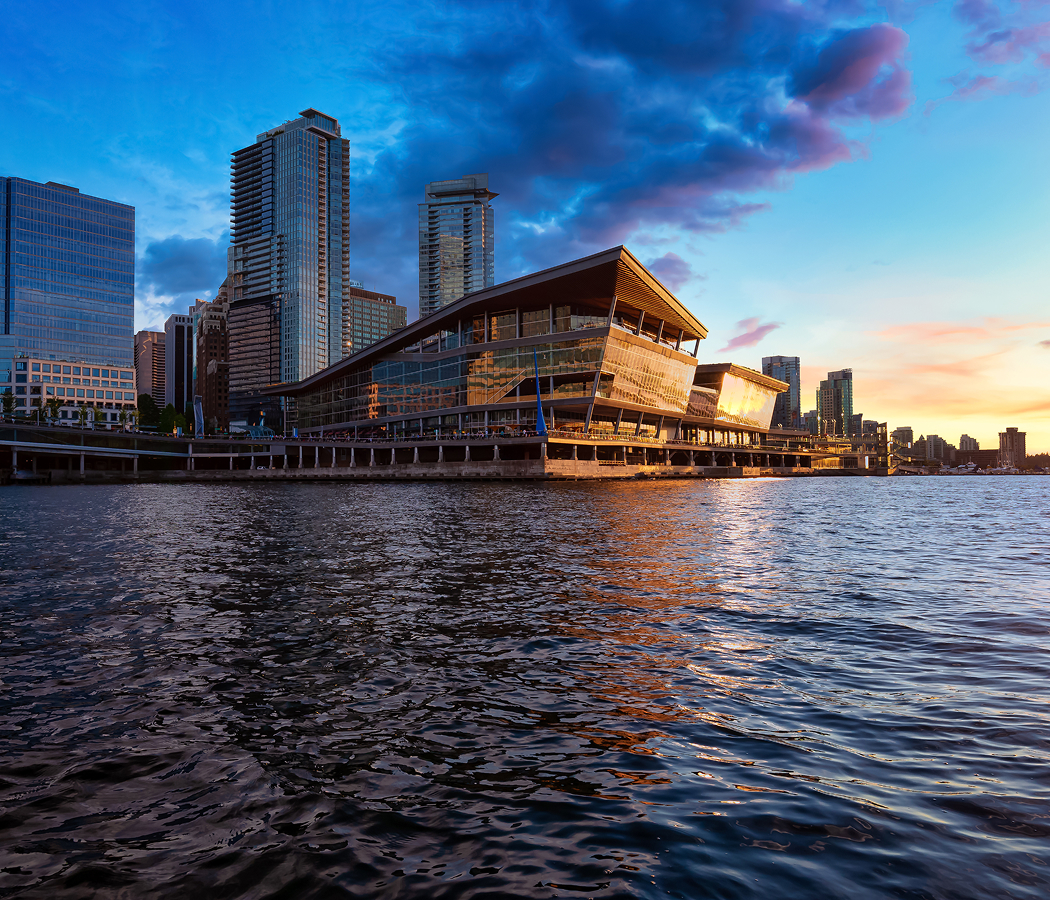
Why you should experience the Louvre Museum in Paris.
The Louvre Museum in Paris isn’t just a museum, it’s civilization under glass, a living chronicle of humanity’s brilliance etched across millennia.
Stretching along the right bank of the Seine, its majestic courtyards and the glimmering glass pyramid of I. M. Pei form the heart of the world’s greatest artistic treasury. The Louvre is where empires, ideas, and aesthetics converge, a place where pharaohs, kings, and visionaries share the same eternal light. Inside, time dissolves. You move from Egyptian sarcophagi to Greek marble, from the serene Venus de Milo to the radiant Winged Victory of Samothrace poised like an angel ascending a marble staircase. And then, inevitably, there’s Leonardo da Vinci’s Mona Lisa, small yet seismic, smiling through centuries of curiosity. But beyond its icons, the Louvre’s magic lies in its silence, the hush that falls as you drift through grand halls lined with canvases that changed the course of art. Light filters through vaulted ceilings, footsteps echo softly on stone, and somewhere between the ancient and the modern, you feel a hum that can only be described as awe. The Louvre isn’t just the soul of Paris, it’s the memory of the world, preserved in oil, marble, and gold.
What you didn’t know about the Louvre Museum.
The Louvre’s story began not as a museum but as a fortress, built to guard, not to inspire.
In the 12th century, King Philippe Auguste erected the original Louvre to defend Paris against Viking invasions, its massive medieval keep standing where the glass pyramid now gleams. Over the centuries, the fortress evolved into a royal palace, expanded by François I, who brought Leonardo da Vinci and his works to France, and later refined by Louis XIV, whose artistic ambition transformed it into a sanctuary of beauty. When the Sun King moved his court to Versailles, the Louvre became a cradle for artists and scholars, a creative heartbeat that never stopped. It wasn’t until the French Revolution that the Louvre was reborn as a public museum, opening in 1793 as a symbol of enlightenment and equality. But even as it became a national treasure, it remained an evolving masterpiece, its collection swelling with conquests, acquisitions, and donations until it held more than 35,000 works across eight departments. The glass pyramid, unveiled in 1989, was a daring modern gesture, a symbol of transparency and timelessness. Beneath it, the underground Carrousel du Louvre connects old stone to modern steel, ensuring the past and future of art remain inseparable. What few realize is how much of the Louvre’s collection remains unseen, over 400,000 pieces are kept in reserve, a silent archive of human creativity still waiting to meet the light.
How to fold the Louvre Museum into your trip.
To experience the Louvre fully is impossible, and that’s exactly what makes it eternal.
Start early, when the pyramid catches the first light of morning and the crowds have yet to gather. Enter through the Pyramide du Louvre and descend into the museum’s quiet arteries. Before you begin, pause in the Cour Napoléon, the juxtaposition of medieval stone and modern glass perfectly captures Paris’s balance of heritage and innovation. Inside, choose a single thread to follow: perhaps antiquity in the Denon Wing, where the Code of Hammurabi and Raft of the Medusa embody the gravity of civilization, or Renaissance painting in the Sully Wing, where da Vinci, Raphael, and Caravaggio still breathe through pigment. Move slowly; the Louvre rewards intention. Let your feet wander up marble staircases, through gilded ceilings, and down shadowed corridors where lesser-known works reveal the museum’s quieter poetry. Don’t chase the icons, let them find you. When you finally stand before the Mona Lisa, take in not just her smile but the sea of humanity she draws, the way art still gathers us. Afterward, step into the Cour Carrée, where the hum of the city feels distant, and the air carries centuries of imagination. End your visit outside at the banks of the Seine or the Tuileries Garden, where the museum’s reflection dances in the water. The Louvre isn’t just a stop on an itinerary, it’s a pilgrimage to the essence of art itself, a reminder that beauty endures not in perfection, but in the endless pursuit of it.
Hear it from the Foresyte community.
You come for the art but stay for the drama. Giant rooms, gold everywhere, tourists fighting for a selfie like it’s a championship game. It’s chaos and spectacle all at once, and you kinda love it.
Where meaningful travel begins.
Start your journey with Foresyte, where the planning is part of the magic.
Discover the experiences that matter most.







